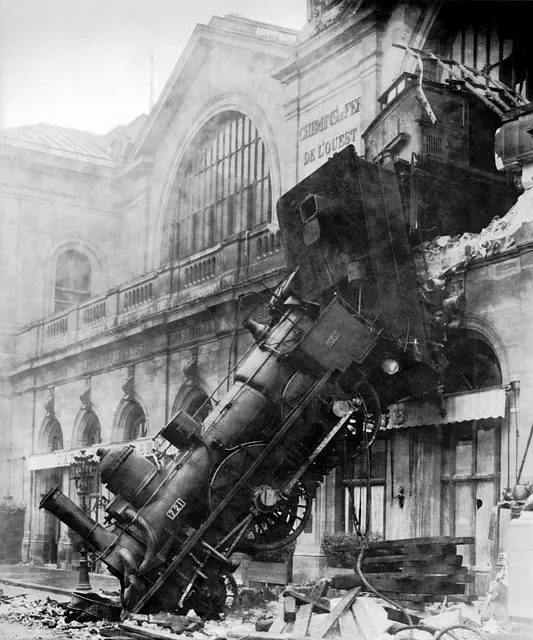In Manhattan, complex healthcare interactions lead to an increase in medical malpractice settlements, particularly challenging due to emerging trends like Rideshare Safety Litigation. This surge is driven by incidents of driver negligence causing serious injuries or fatal accidents. Factors contributing to medical mistakes include miscommunication, busy schedules, technological failures, and inadequate staff training. Navigating legal claims requires expert understanding of medical jargon and procedures, with successful settlements resulting from thorough evidence and strategic advocacy. Rideshare Safety Litigation demands rigorous safety protocols from companies like Uber and Lyft to meet legal requirements and build public trust, crucial for the industry's growth nationwide.
In the bustling metropolis of Manhattan, understanding medical malpractice settlements is crucial for both patients seeking justice and healthcare providers ensuring quality care. With a growing trend in rideshare safety litigation, exploring common causes of medical mistakes becomes imperative for New York City residents. This article delves into the intricacies of navigating legal processes for settlement claims, highlighting implications for rideshare companies in enhancing passenger safety. Discover insights on how legal developments impact patient protection and rideshare industry standards.
- Understanding Medical Malpractice Settlements in Manhattan
- The Rise of Rideshare Safety Litigation
- Common Causes of Medical Mistakes in NYC
- Navigating the Legal Process for Settlement Claims
- Ensuring Passenger Safety: Implications for Rideshare Companies
Understanding Medical Malpractice Settlements in Manhattan

In Manhattan, medical malpractice settlements play a significant role in ensuring accountability and compensating victims for their suffering. When a patient experiences harm due to a healthcare provider’s negligence, they have the right to seek legal redress. These cases often involve complex medical expertise and legal strategies, as plaintiffs strive to prove liability and secure fair compensation. Understanding the process is crucial, especially with emerging trends like Rideshare Safety Litigation, where individuals injured in rideshare accidents may face additional challenges in pursuing malpractice claims.
Manhattan’s court system has seen a rise in such cases, reflecting the city’s bustling healthcare landscape and high volume of patient interactions. Effective legal representation is essential to navigate these settlements, ensuring that patients’ rights are protected and they receive adequate redress for their injuries. This involves meticulous investigation, expert testimony, and a deep understanding of medical protocols and standards of care.
The Rise of Rideshare Safety Litigation

In recent years, there has been a notable rise in rideshare safety litigation across Manhattan and beyond. As ridesharing services become increasingly ubiquitous, concerns surrounding passenger safety have gained significant traction. This surge in legal action is largely driven by incidents involving serious injuries or fatal accidents attributed to alleged negligence on the part of rideshare drivers.
Manhattan’s dense population and bustling streets make it a hotbed for such cases. Plaintiffs are leveraging legal avenues to hold rideshare companies accountable for safety protocols, driver training, and technology that could prevent crashes and protect passengers. The growing body of Rideshare Safety Litigation reflects a broader societal demand for enhanced safety measures in the rapidly evolving landscape of transportation services.
Common Causes of Medical Mistakes in NYC

In New York City, where a vibrant and bustling healthcare landscape exists alongside its famous rideshare safety litigation, several common causes underpin medical mistakes. One prominent area is miscommunication among healthcare providers, often exacerbated by busy schedules and high patient volumes. This can lead to prescription errors, incorrect diagnoses, and inappropriate treatment plans. Additionally, technological failures play a significant role; outdated systems or software glitches can result in critical data being overlooked, leading to missed opportunities for accurate diagnosis and timely intervention.
Another frequent issue is the failure to obtain informed consent from patients, especially during emergency procedures. This oversight can lead to legal complications and settlements, as it breaches ethical standards and patient rights. Moreover, inadequate staff training and rushed work environments contribute to errors, particularly in high-pressure situations like intensive care units. These factors underscore the need for continuous quality improvement and patient safety initiatives within NYC’s healthcare institutions.
Navigating the Legal Process for Settlement Claims

Navigating the legal process for settlement claims in Medical Malpractice cases, such as Rideshare Safety Litigation, can be complex and daunting. It requires a deep understanding of medical jargon, legal procedures, and the intricate details specific to each case. The first step involves gathering comprehensive medical records and consulting with experienced attorneys who specialize in these types of lawsuits.
During the process, plaintiffs must demonstrate negligence on the part of the healthcare provider or entity through expert testimony and robust evidence. This includes reviewing treatment plans, hospital protocols, and comparing them against accepted standards of care. Successful settlements often result from persistent advocacy, strategic negotiations, and a thorough exploration of all potential legal avenues.
Ensuring Passenger Safety: Implications for Rideshare Companies

In the fast-paced, ever-evolving world of rideshare services, ensuring passenger safety is paramount. With millions of trips taking place daily in Manhattan and across the country, Rideshare Safety Litigation has become a significant aspect of the industry. Companies like Uber and Lyft face constant scrutiny over their safety protocols, especially given the high-risk nature of transporting strangers. Every accident or incident can lead to severe legal repercussions, including costly settlements and damage to the company’s reputation.
To mitigate these risks, rideshare companies must implement robust safety measures. This includes advanced driver screening processes, regular vehicle inspections, and sophisticated in-app tracking systems for real-time monitoring. Additionally, investing in driver training programs that emphasize defensive driving techniques and awareness of passenger safety can significantly reduce the likelihood of accidents. Such proactive steps not only comply with legal requirements but also foster public trust, ensuring the continued growth and success of the rideshare industry in Manhattan and beyond.
Medical malpractice settlements in Manhattan, particularly those related to rideshare safety litigation, have become increasingly significant. As common causes of medical mistakes in NYC continue to persist, understanding the legal process for settlement claims is crucial for both victims seeking justice and rideshare companies aiming to enhance passenger safety. By navigating these complexities, we can ensure that passengers are better protected, fostering a safer environment for everyone involved. This, in turn, underscores the importance of ongoing efforts to improve medical practices and rideshare safety standards.
